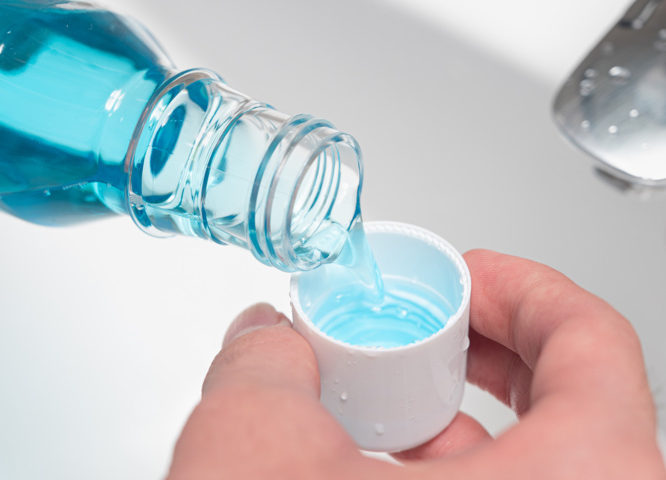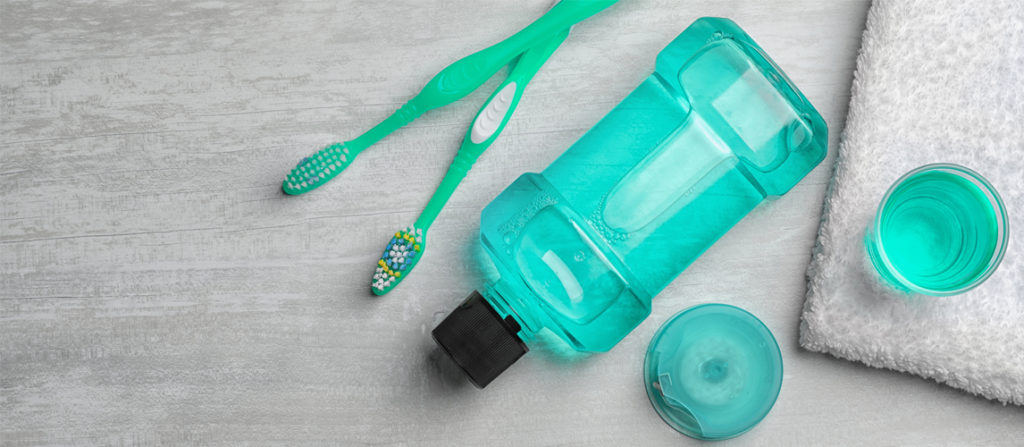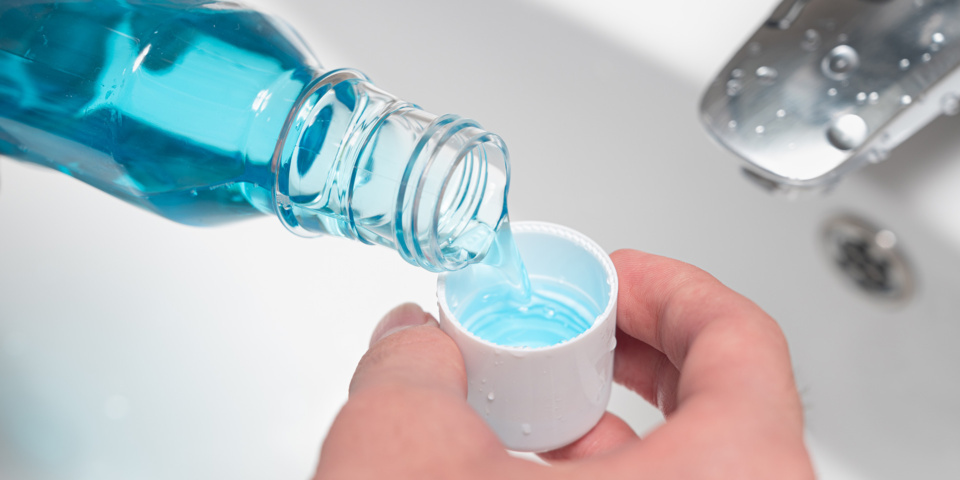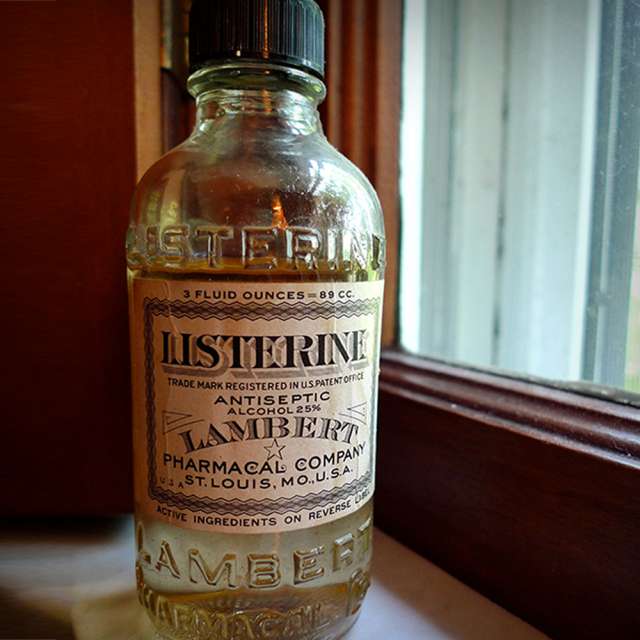

Mouthwash / Oral Rinse FAQ
What is mouthwash?

How & why is a mouthwash used?
The most frequent use of oral rinse is as an oral antiseptic, part of the daily dental hygiene. Oral rinses are used to address an assortment of issues in the oral cavity. Certain producers of mouthwash state that antiseptic and anti-plaque mouthwash help fighting cavities, gingivitis, and halitosis by addressing the bacterial plaque. Nevertheless, it should be noted that the mouthwash can never replace the need for brushing and flossing.
What are some of the side effects?
Mouthwashes with alcohol content may worsen conditions such as dry mouth and halitosis. Discomfort, ulcers, and irritation may occasionally arise if the individual is sensitive or allergic to the ingredients of the mouthwash.
What is the history of oral rinses?
Additionally, Native North American cultures utilized oral rinses, regularly produced from herbs & saltwater.
In the 17th century, an effort to find a more scientific solution began with Anton van Leeuwenhoek.,a Dutch scientist, who made a mark in history for his many achievements.
When did modern rinses come about?
2.Chlorhexidine in the middle of the 20th century.
3.In the entire history of mouthwash, these two are the only two approved by the ADA to fight dental plaque.

Known Mouthwashes
Joseph Lister
It was by the hand of Joseph Lister, in 1865, that a viable and effective solution was discovered in eliminating bacteria. Just 8 years after the first patent for toothbrushes. Lister, then, becomes the creator of Listerine mouthwash. The creation by Lister has an important place in the history of mouthwash, as it would later become a key instrument in combating tooth decay and gingivitis.
Joseph Lister was also the first surgeon to perform an operation in a sterile environment using it as a spray antiseptic. Thus reducing, significantly, the mortality rates in these surgeries.
Chlorhexidine
The Imperial Chemical Industries, Limited discover chlorhexidine starting in the 1950s. The same company publishes an article on a new investigational antimicrobial, explaining the potential of this antiseptic.
Use of Chlorhexidine or chlorhexidine gluconate as a mouthwash in combination with routine dental care & hygiene can improve the chances of plaque buildup and assist with mild gingivitis. There is not sufficient proof to ascertain the impact in moderate to acute gingivitis.
Cetylpyridinium chloride
Cetylpyridinium chloride is a quaternary ammonium compound whose chapter in the history of mouthwash began in 1939 when it was first described. It is widely used in various mouthwashes and toothpaste, but despite its 80 years of existence, cetylpyridinium chloride has NOT earned the American Dental Association’s recommendation as a plaque reduction rinse.
For a proper choice of which mouthwash to use, we recommend you follow the instructions of your dentist.
References
Matthews RW (July 2003). “Hot salt water mouth baths”. British Dental Journal. 195 (1): 3. doi:10.1038/sj.bdj.4810318. PMID 12856008. S2CID 3995032.
https://www.wsj.com/articles/there-is-more-to-your-mouthwash-than-a-minty-taste-1421096379
https://books.google.ca/books?id=IuvRClJOT5EC&q=Leeuwenhoek+dental+plaque+mouthwash&pg=PT27&redir_esc=y#v=onepage&q=Leeuwenhoek%20dental%20plaque%20mouthwash&f=false https://aap.onlinelibrary.wiley.com/doi/abs/10.1902/jop.1992.63.1.39American Academy of Periodontology
Gandini S, Negri E, Boffetta P, La Vecchia C, Boyle P (2012). “Mouthwash and oral cancer risk quantitative meta-analysis of epidemiologic studies”. Annals of Agricultural and Environmental Medicine. 19 (2): 173–80. PMID 22742785.

